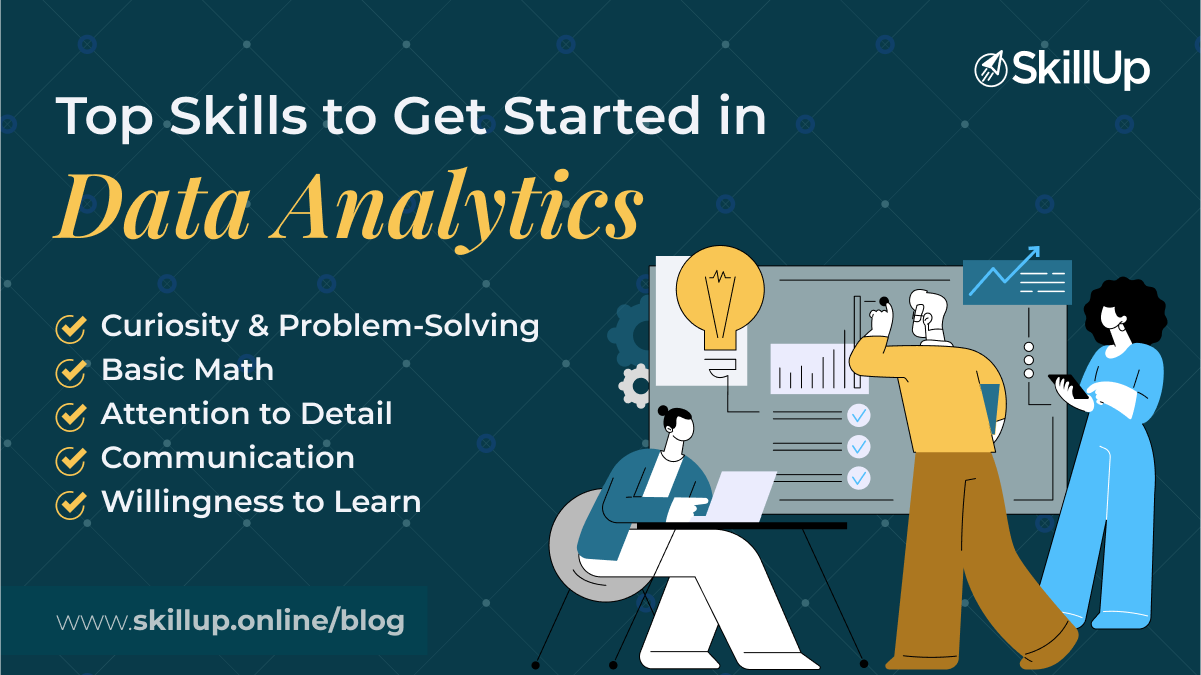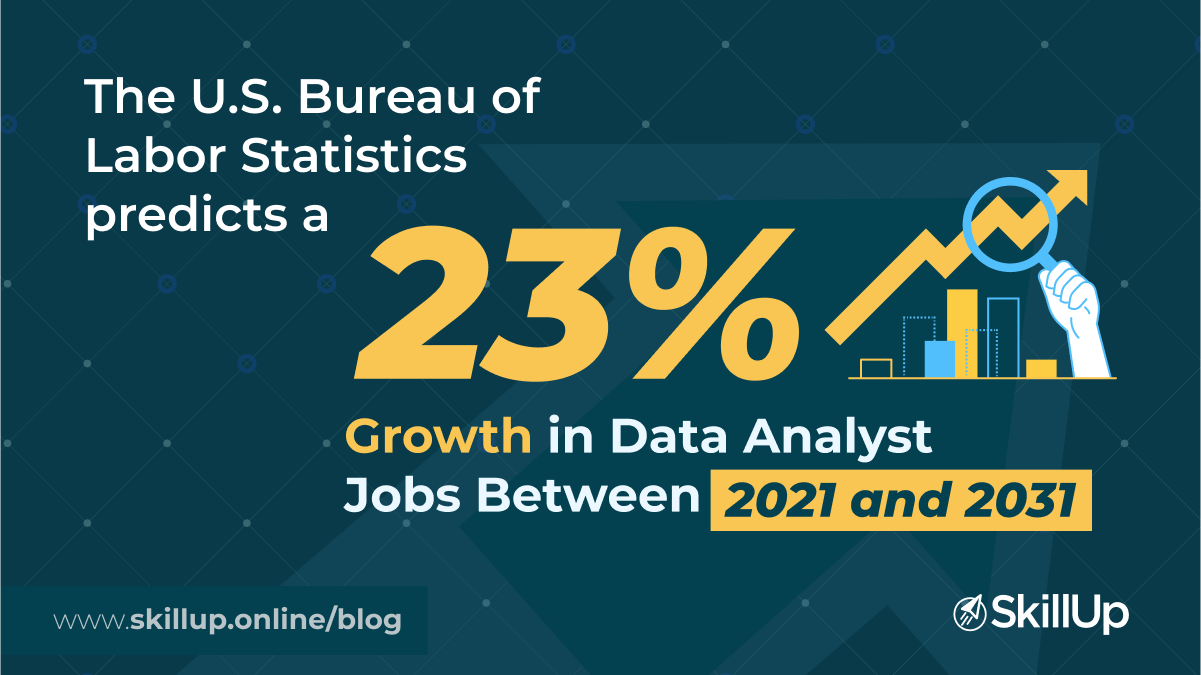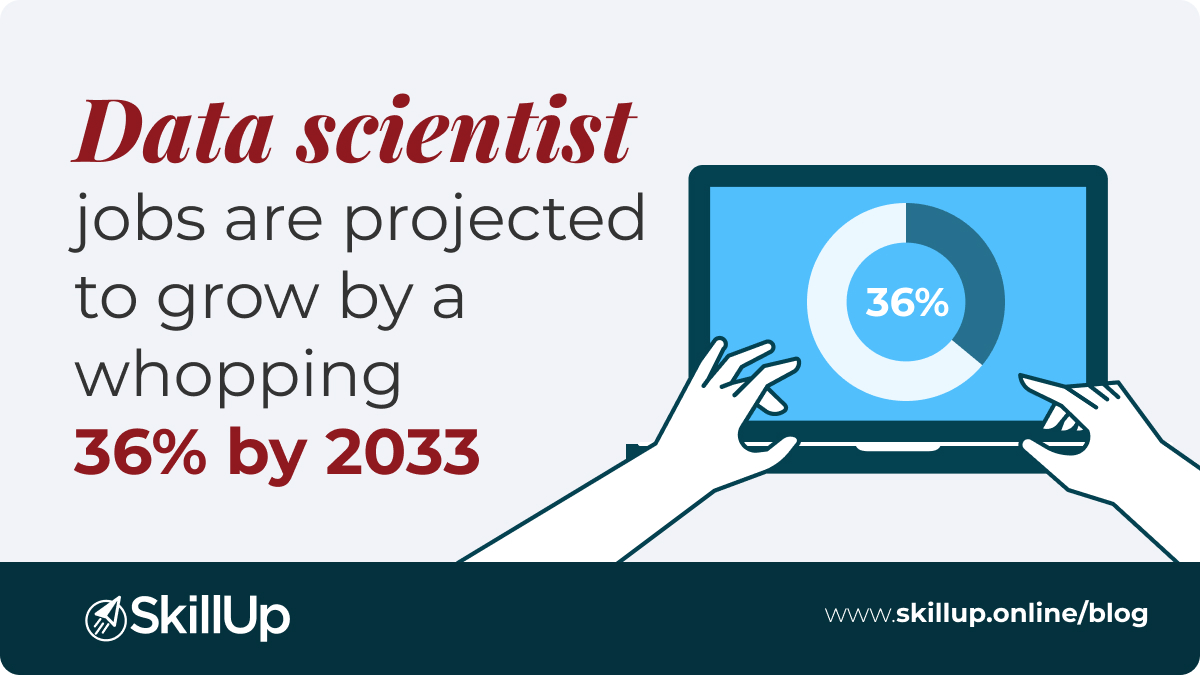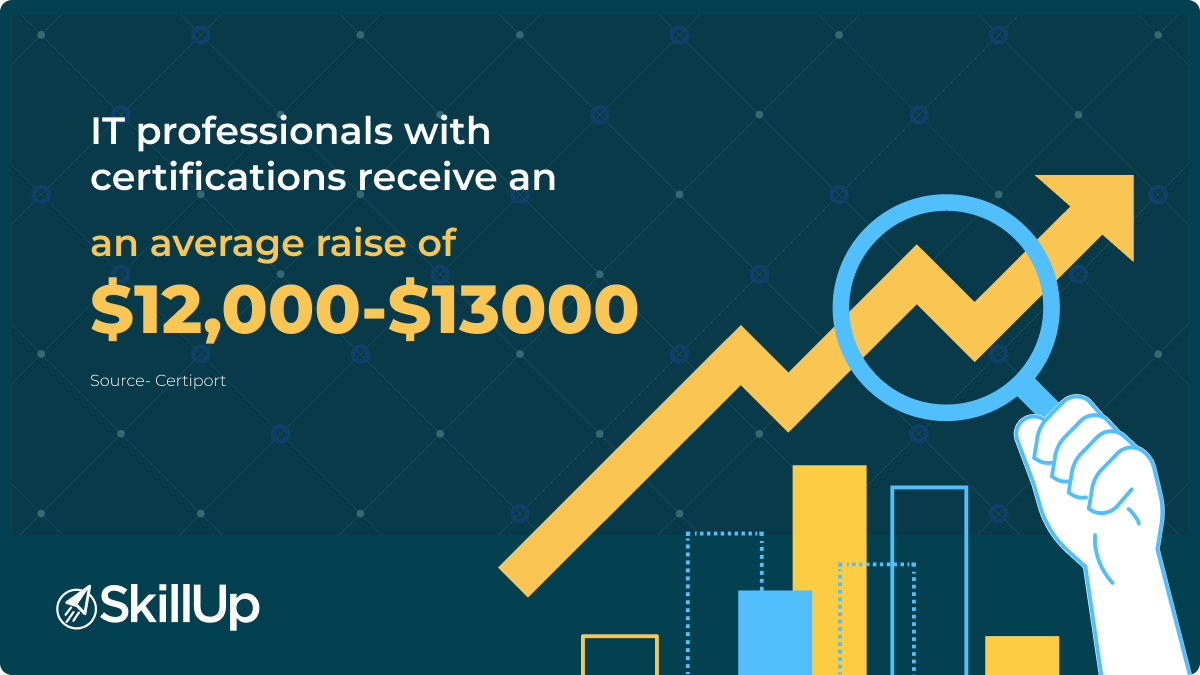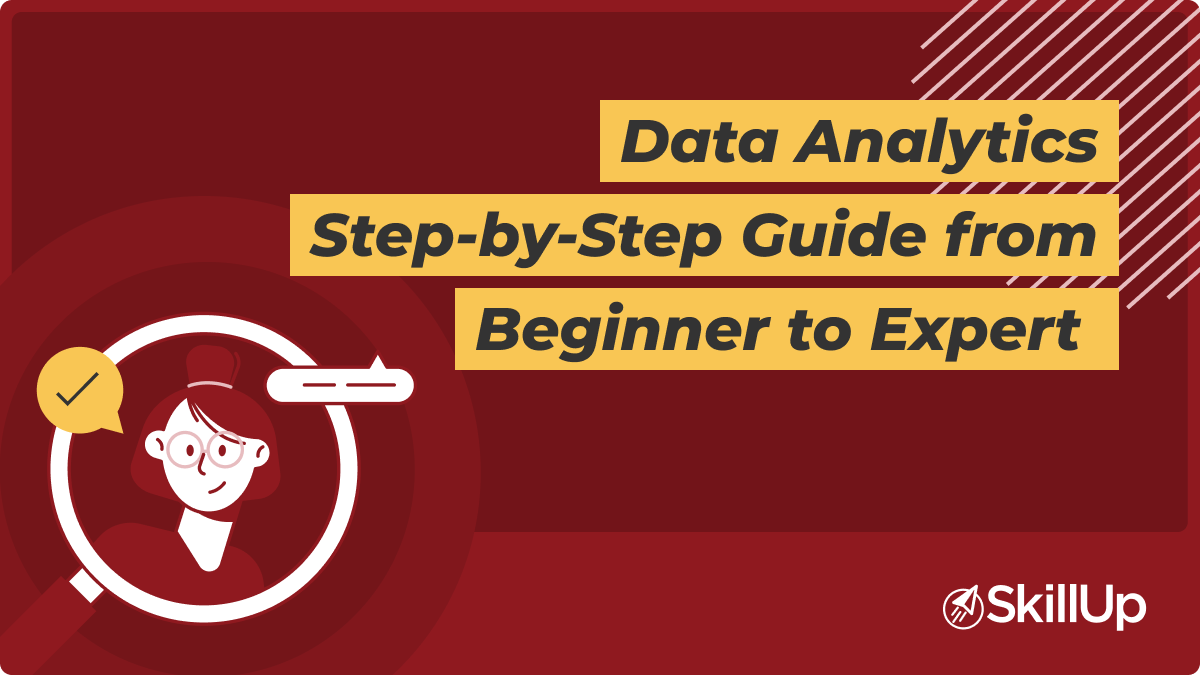Data analytics is shaping the future, but do you want to know the best part is? You don’t need a technical background to kickstart a successful career in it!
The U.S. Bureau of Labor Statistics predicts a 23% growth in data analyst jobs between 2021 and 2031.That means there are huge opportunities available for anyone looking to switch careers or level up.
So, if you’ve ever wondered if you could break into this field without being a tech expert, the answer is yes—you absolutely can. Sound good? Then read on…
Why Consider a Career in Data Analytics?
Before we look at the nitty-gritty details of how you can smoothly transition into this field, let’s first understand what data analytics is all about.
Data analytics is basically about turning raw information into insights that help businesses make smarter decisions. Every industry—whether it’s finance, healthcare, or retail—is increasingly relying on data. And with that reliance comes a high demand for data-savvy professionals.
What You Don’t Need
Let’s clear something up—you don’t need to be a tech expert to succeed in data analytics. Sure, technical skills help, but they’re not a must from day one. Many people in this field come from backgrounds like marketing, business, or even education. They succeed because they bring fresh perspectives and transferable skills like problem-solving and critical thinking.
What You Do Need
Now that you understand what you don’t need, let’s understand what you do need to break into data analytics. You need:
- Curiosity and Problem-Solving Skills: You need to be curious about data and eager to solve problems. This mindset is key because data analytics is about digging into numbers to find answers.
- Basic Understanding of Mathematics: You should be comfortable with basic math concepts like averages and percentages. You don’t need advanced math, to get started, just the essentials.
- Attention to Detail: Being detail-oriented helps you spot trends and errors in data, ensuring your analysis is accurate.
- Communication Skills: You’ll often need to explain your findings to others who might not understand data as well as you do, so being able to do this effectively will help your career to fly. And being clear and concise is crucial.
- Willingness to Learn: The field is always evolving, so being open to learning new tools and techniques will keep you competitive.
So how do you get started?
Step 1: Start with the Basics
Begin with what you might already know—Excel. It’s more than just a spreadsheet tool; it’s great for data analysis too. Get comfortable with features like pivot tables and charts. From there, learn structured query language (SQL), which is used to retrieve data from databases. SQL is straightforward to learn and mastering it will give you a solid foundation.
To get a good overview of the field of data analytics, we recommend exploring courses like Foundations of Data Analytics. These courses will help you understand the importance of data analytics in business decision-making.
Once you’ve covered the basics, you’re ready to dive into SkillUp Online’s TechMaster Data Analytics Certification Online. This program is specifically designed to enable you to build job-ready skills and knowledge that recruiters look for. Plus, you get certificates from industry experts like Microsoft.
Step 2: Learn to Visualize Data
Data is just numbers until you can tell a story with it. Learning to create visuals is key. Tools like Tableau and Power BI are user-friendly and perfect for beginners. Focus on how to present data clearly, so it’s easy for others to understand.
The best way to learn tools like Tableau and Power BI is to look for beginner-friendly courses. For example, you can take this 18-hour Tableau course by SkillUp Online that covers all the key concepts.
To build your Power BI skills from scratch, you can take this 2-week, beginner-friendly course on Power BI by SkillUp Online and familiarize yourself with core features and components.
Step 3: Practice Makes Perfect
Theory is useful, but practice is where you’ll really grow. Work on small projects using publicly available datasets or help a friend with their business data. And make sure you document your work to build a portfolio, because this will be valuable when you start job hunting.
Here are a few examples of data analytics projects that you can take up.
- A Diagnostic Analytics Project
Such projects revolve around understanding the reasons behind different outcomes and issues. For example, market demand examination, cybersecurity analysis, and technology issue identification. - A Prescriptive Analytics Project
These projects focus on suggesting actions to optimize and control future outcomes. For example, personalized marketing strategies. - A Descriptive Analytics Project
In projects like these, you’re expected to find out historical trends and patterns. A good example for a descriptive analytics project is marketing campaign analytics. - A Predictive Analytics Project
These projects focus on predicting future trends and outcomes by analyzing past and current patterns. For example, sentiment analysis, sales trends, etc.
So, where can you find these projects? One of the best platforms to source such projects is GitHub. You can find different projects here and complete them at your own pace. Once done, you can add links of the completed projects to your resume for reference to your potential employers.
Step 4: Network and Connect
Networking can open doors to job opportunities and provide valuable insights from those already in the field. Join online communities or attend meetups for data professionals.
Platforms like LinkedIn are great for connecting with professionals who are already working in the field. You can join data analytics communities like Big Data, Analytics, Business Intelligence & Visualization Experts Community and connect with like-minded individuals.
Step 5: Tailor Your Resume and Apply
When you’re ready, tailor your resume to highlight your new skills. Even if your past experience isn’t in data, focus on how you’ve used data in decision-making in previous roles. This shows employers that you’re already thinking like a data analyst.
What Can You Earn?
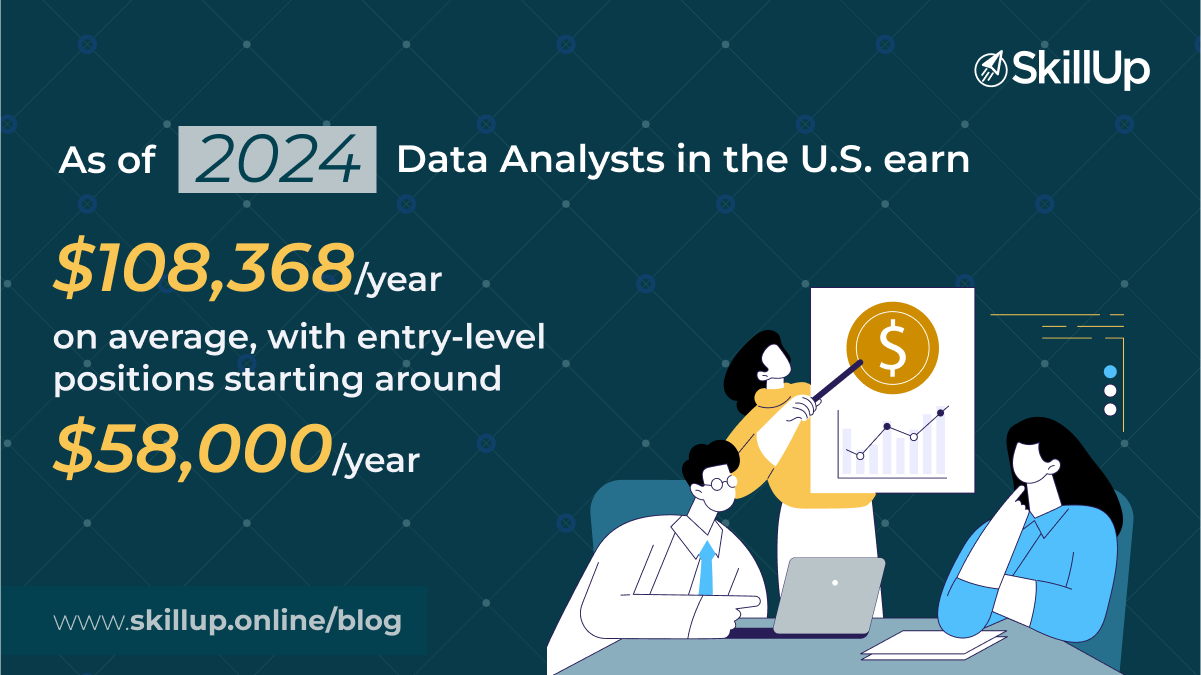
Now let’s talk money. As of 2024, data analysts in the U.S. earn $108,368 per year on average, with entry-level positions starting around $58,000. With experience, salaries can increase annually. That’s a solid income, especially for a career you can enter without a technical degree.
So, What Are Your Next Steps?
As you can see, breaking into data analytics without a technical background is not only possible—it’s very doable! And, not only that, but your unique experiences up to this point can offer fresh insights that set you apart. With curiosity, a bit of training, and the willingness to learn, you can build a rewarding career in data analytics.
If you would like to know more about how you can build data analytics skills for a high-flying career, contact our Learner Support Team at [email protected]. They will be more than happy to guide you on your next steps.
SkillUp Online
